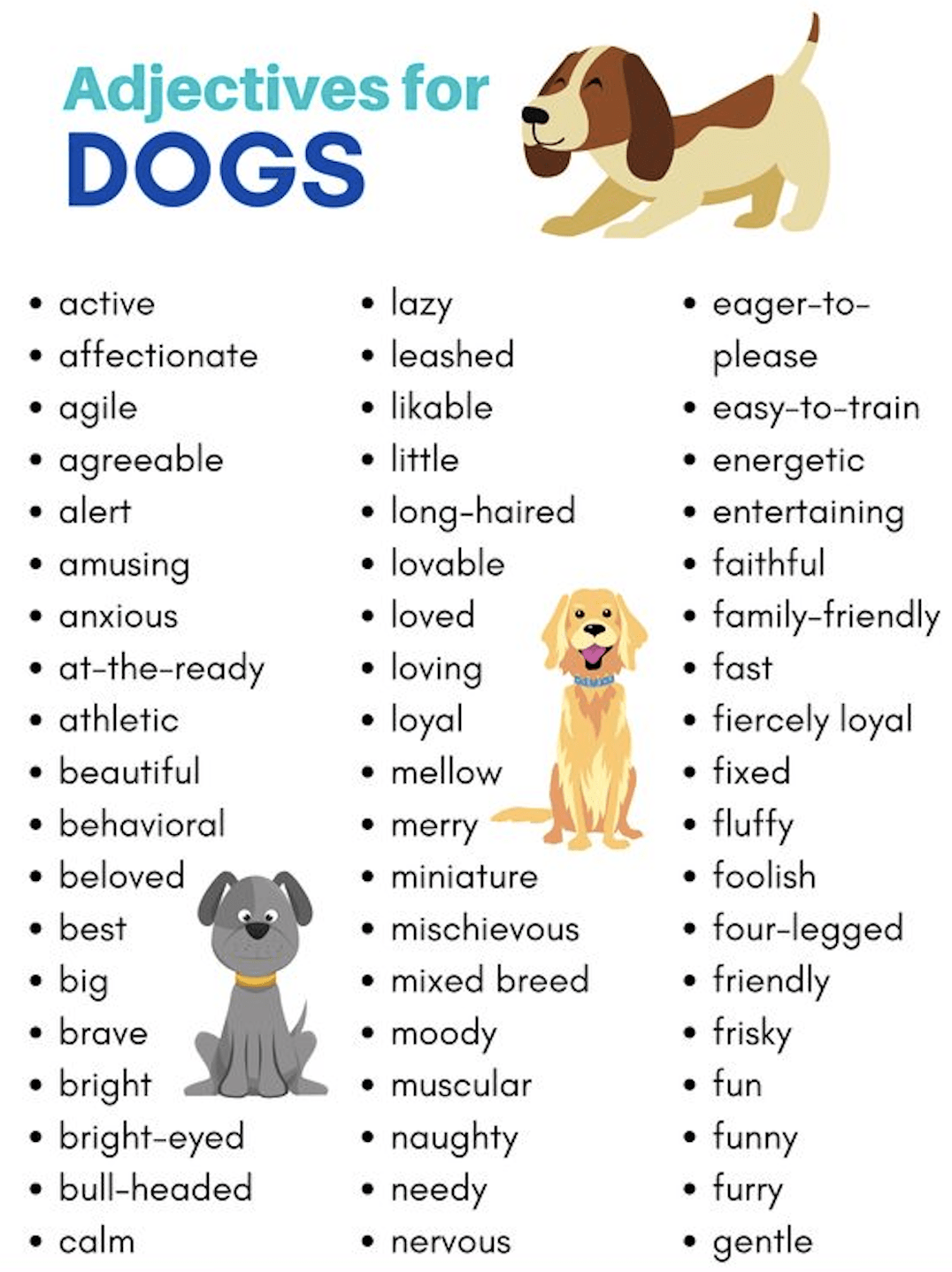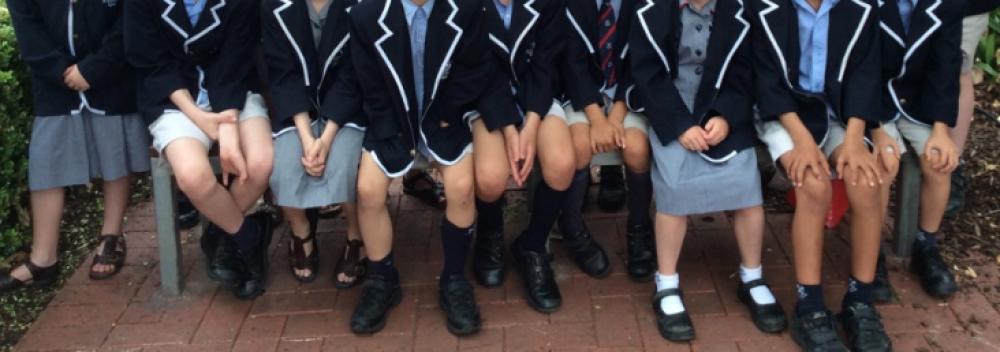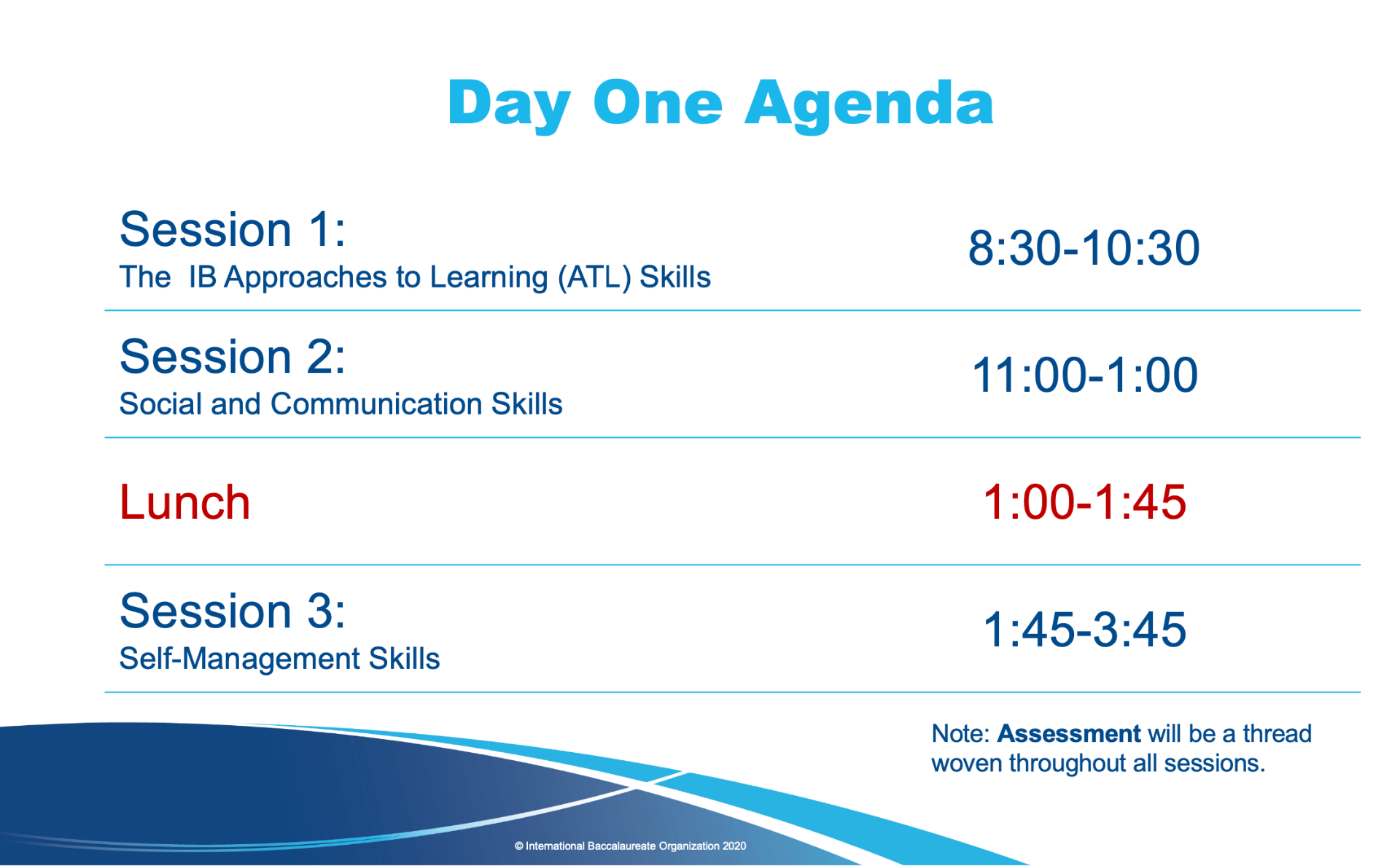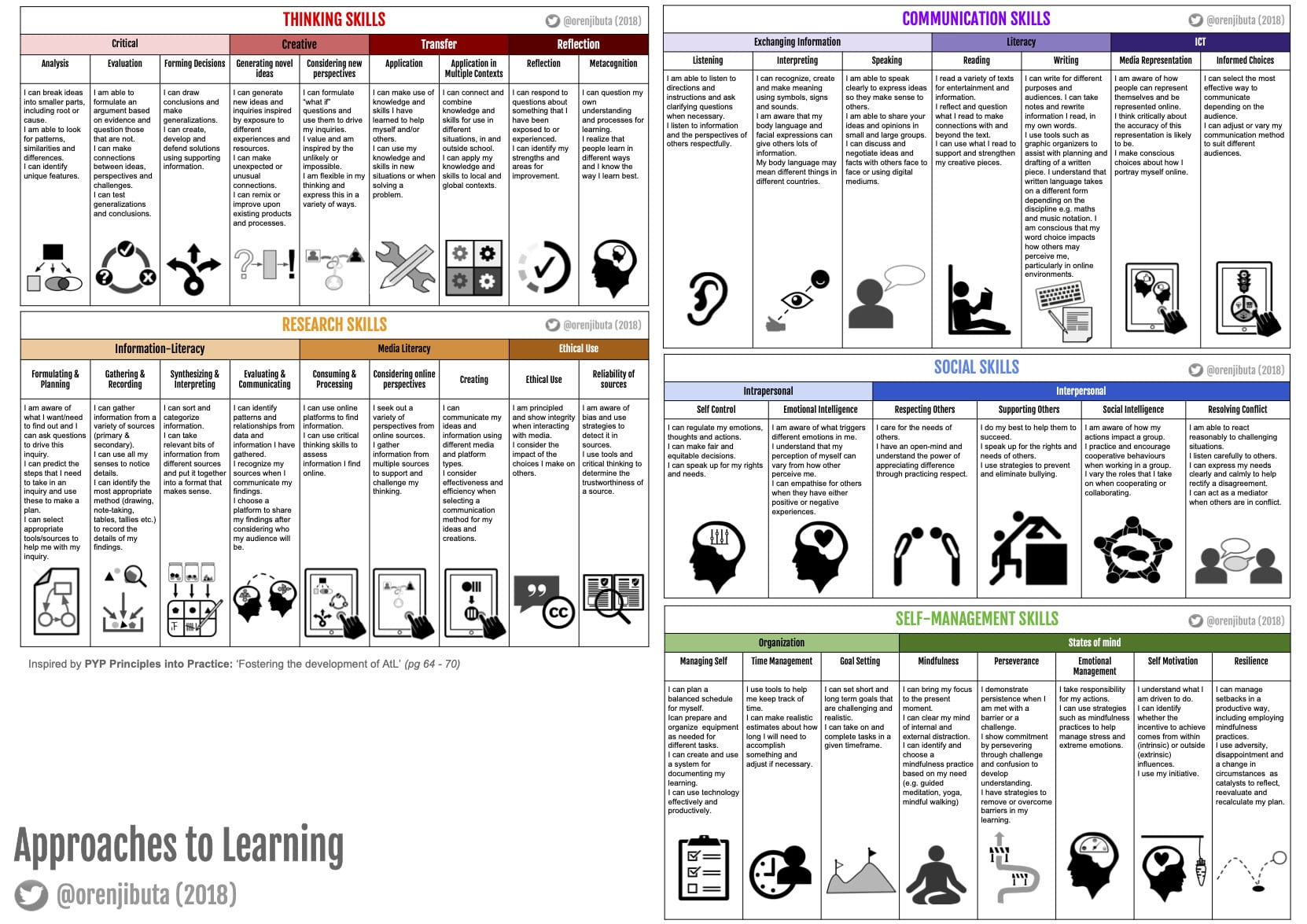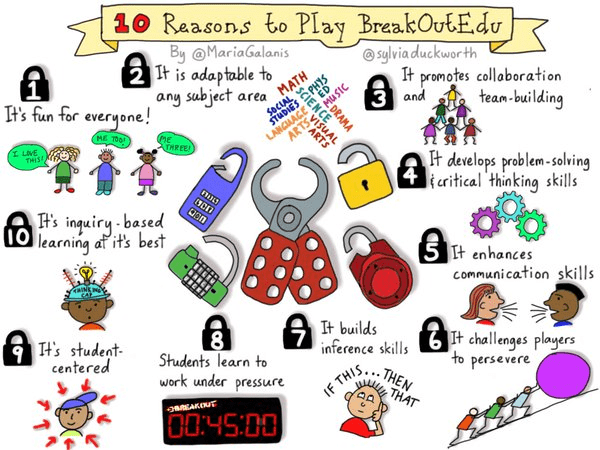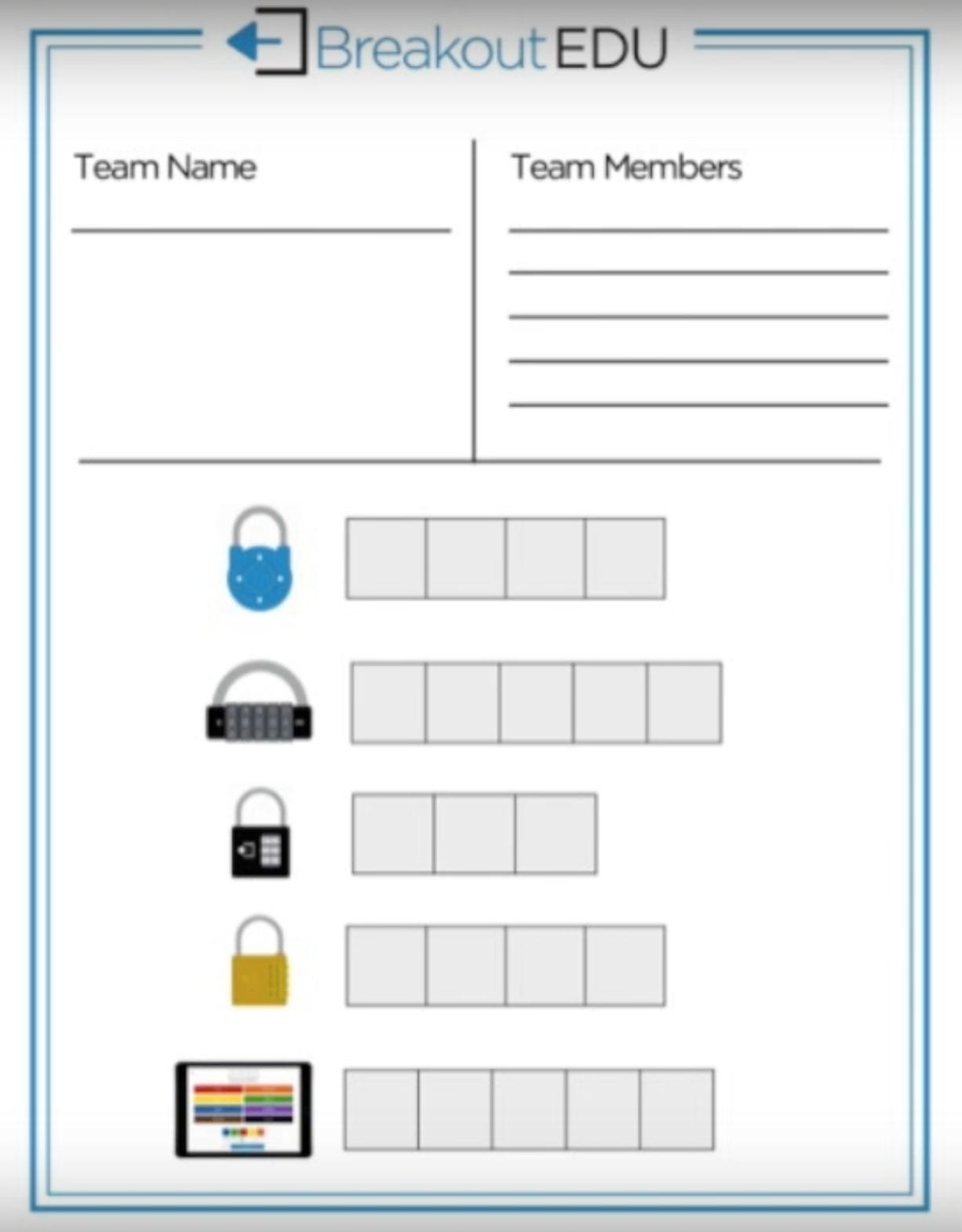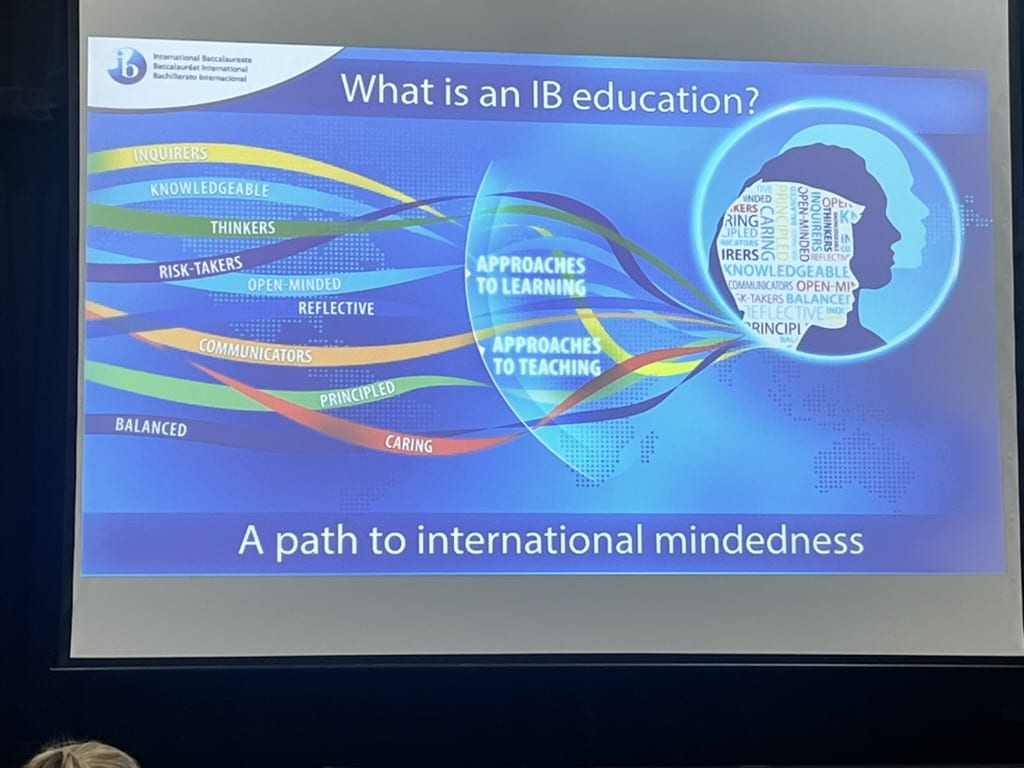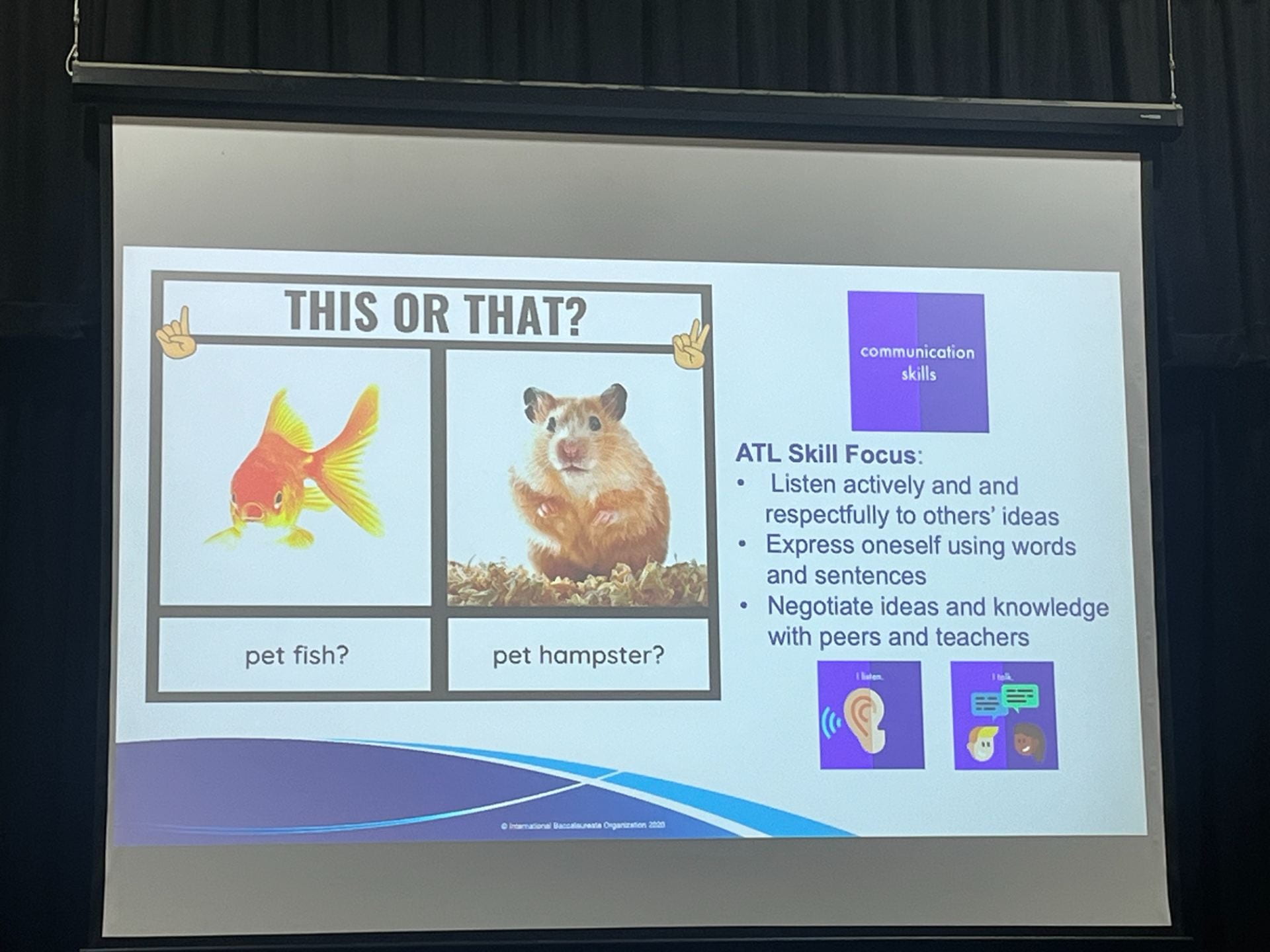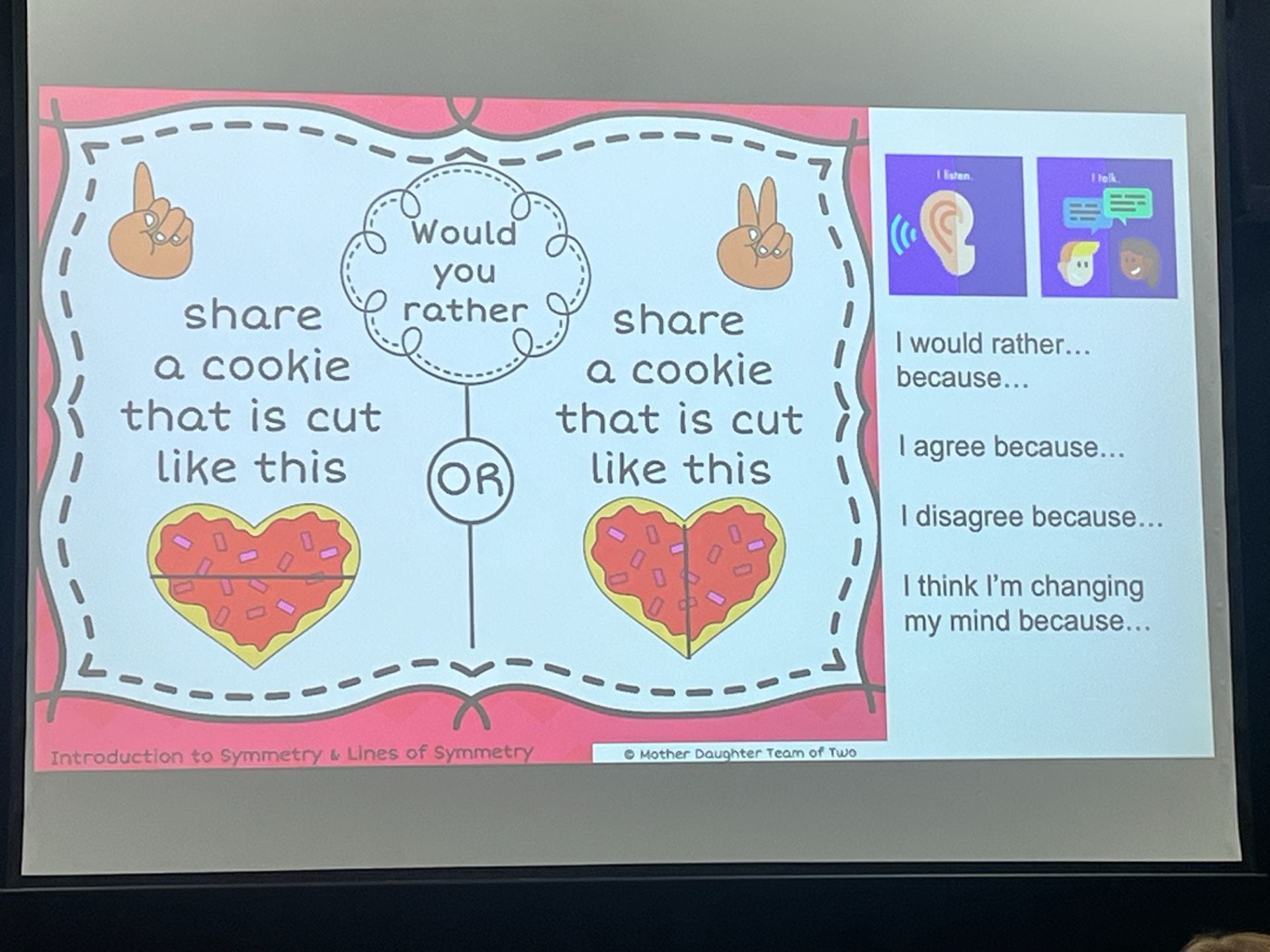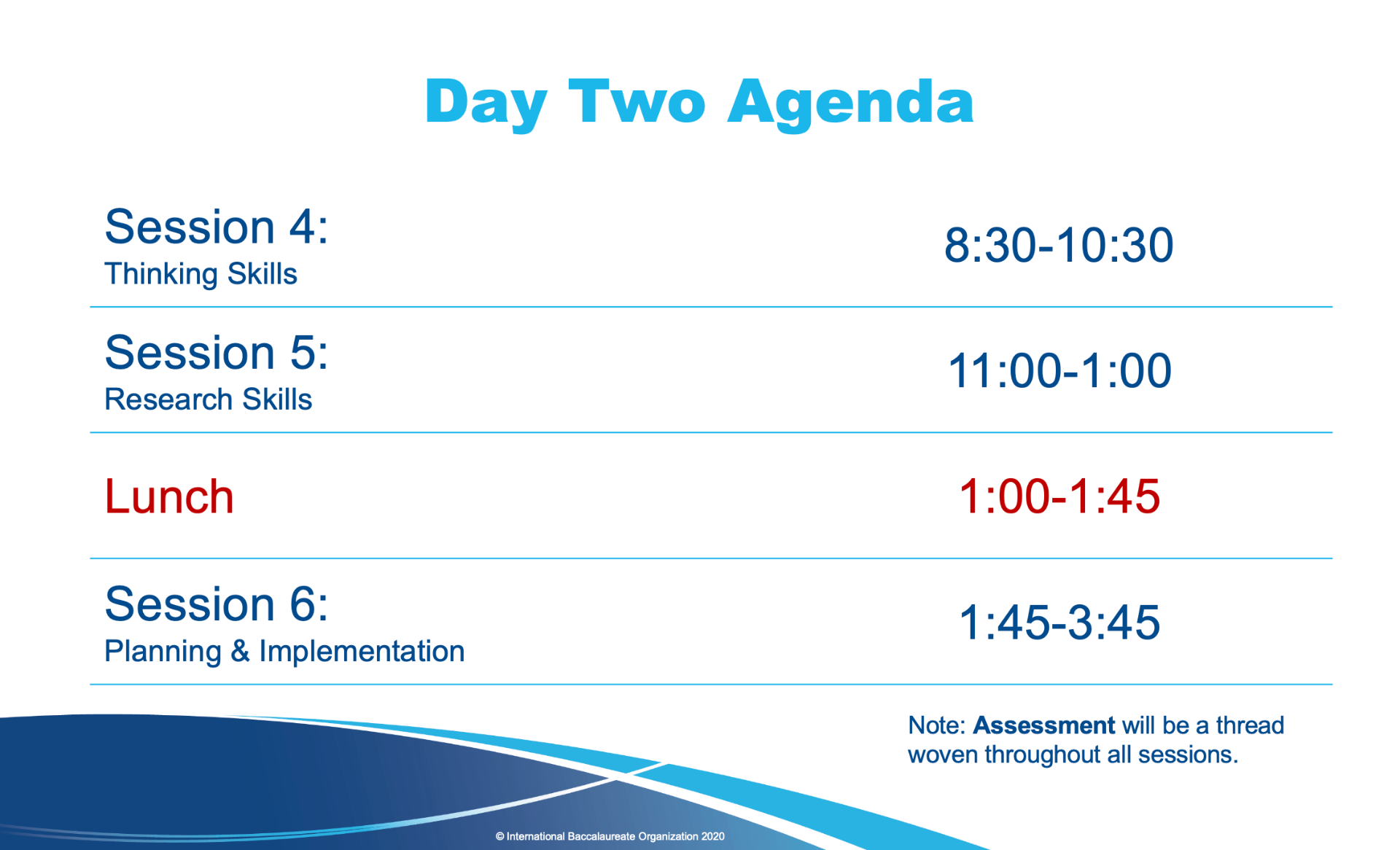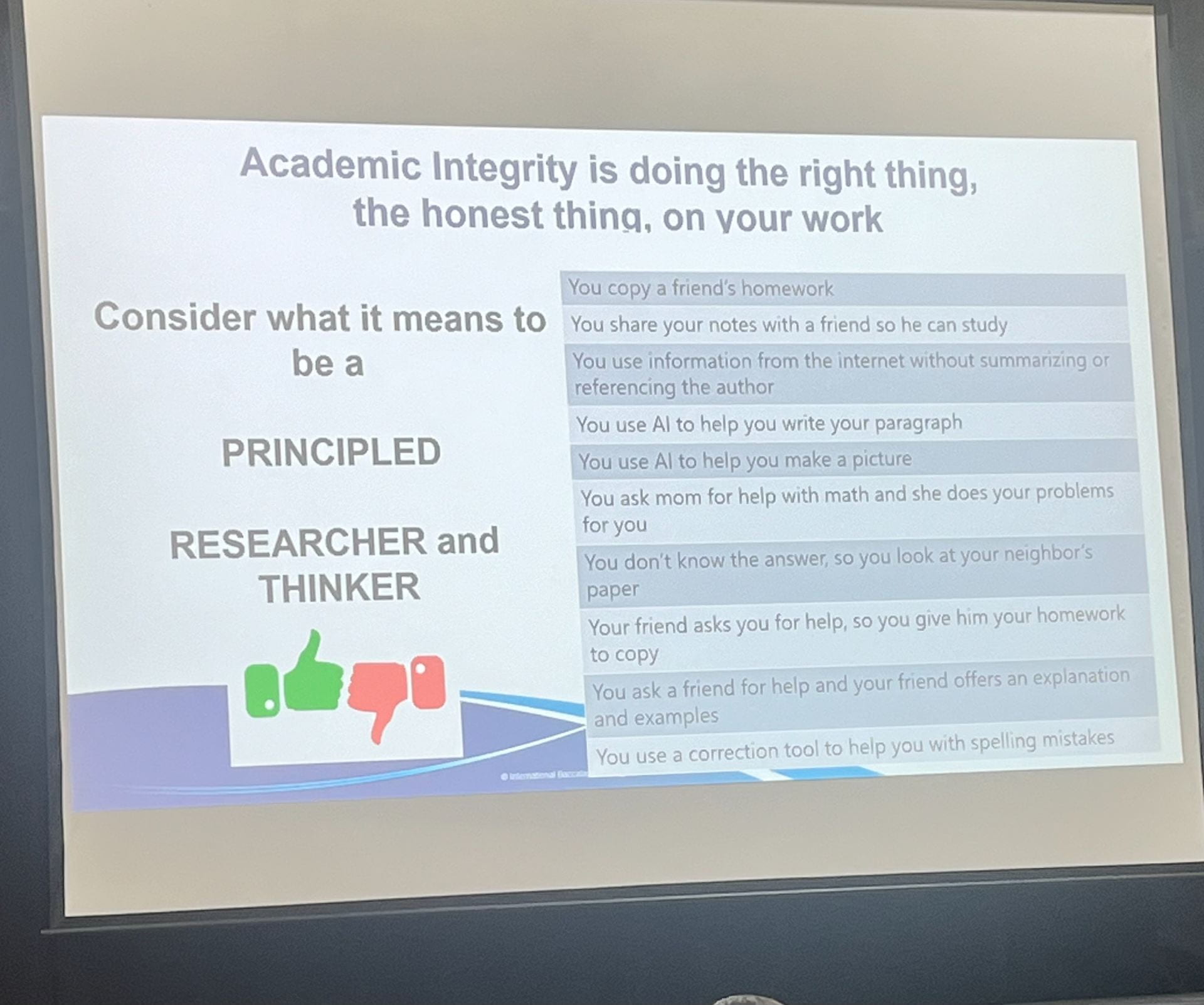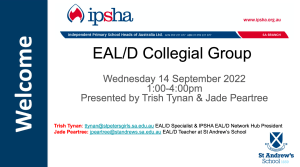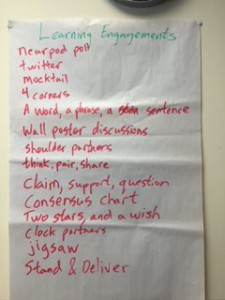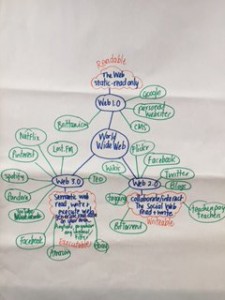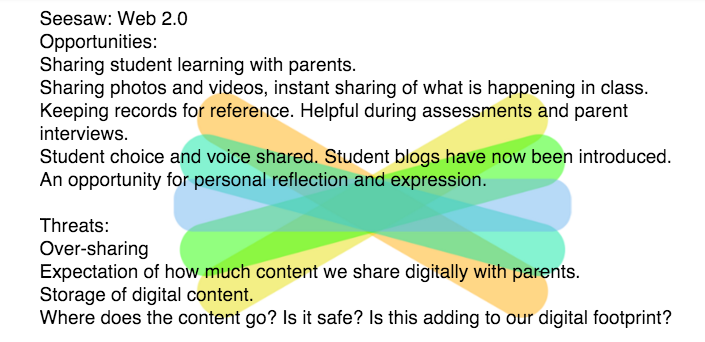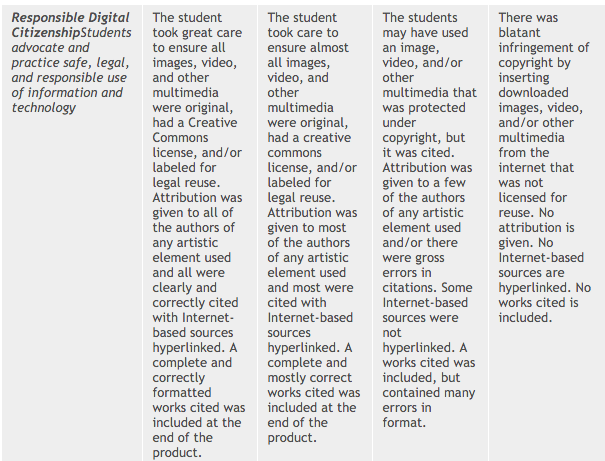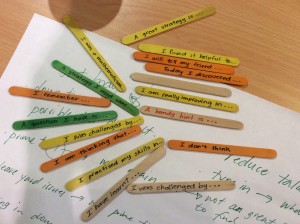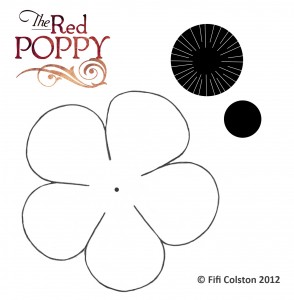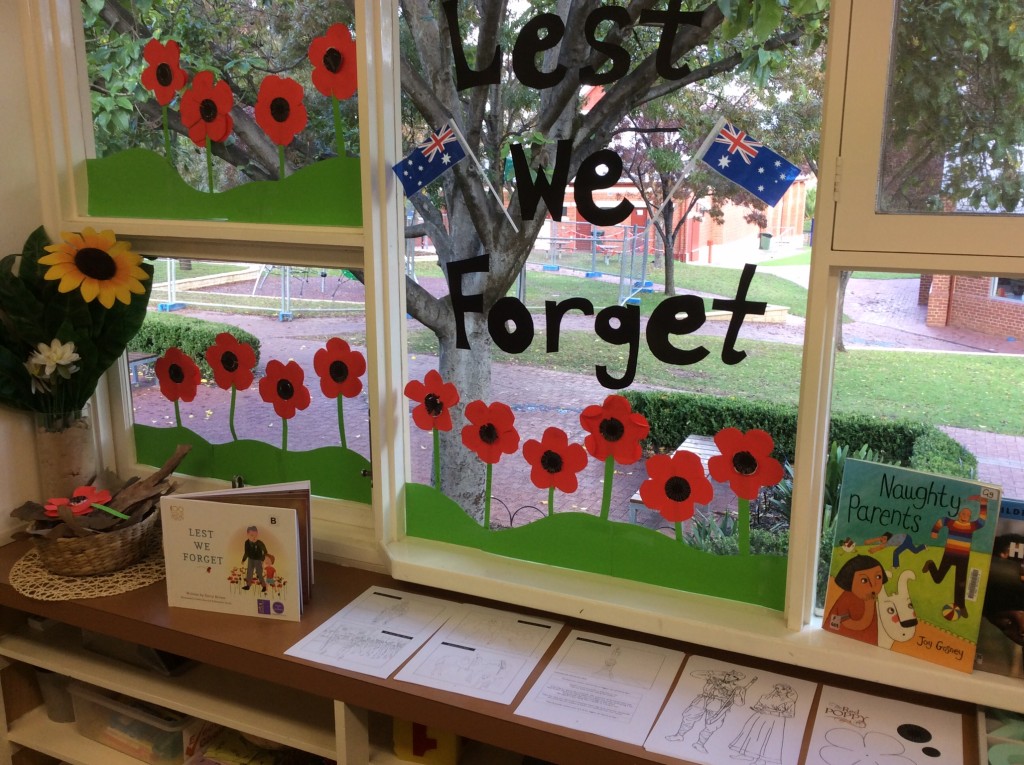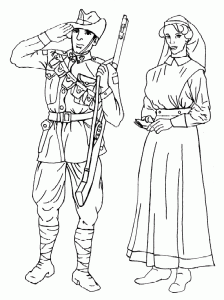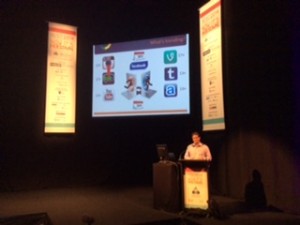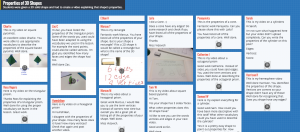 URStrong PD
URStrong PD
Thursday 25th January 2024, (7 hours)
Presented by Tyson Greenwood & Donna Longden
Friendology: Friendship is a basic need.
URStrong Website with Resources: https://urstrong.com/members/
Padlet for resources: https://padlet.com/dlongden/st-andrew-s-school-6sfi2m652lfhx2sj
Session 1: The Science of Friendship
Why Friendships are so important: when friendships flourish in schools, children are happy to come to school and they are ready to learn. Healthy friendships help us to fly. Harmony in schools, empowered by skills and choices for healthier relationships, ultimately children feel better about themselves, self-compassion, healthy mindsets. Skills for relationships throughout life.
Gender Stereotypes: Myths & Truths.
The power of whole-school friendship strategy. Child friendly language, consistent approach across the school.
Reflection:
Before students can learn they must feel safe, trust, valued by self and others.
Session 2: Friendship Ninjas

Some students come to school with unrealistic expectations of friendships. This helps to simplify what to expect and how to navigate through what a friendship entails.
Using the Friend-O-Meter as a tool with your students to assess how their friendships make them feel.

Session 3:
Conflict in friendship: Conflict must be normalised in schools. Teach students to face conflicts head on. We were raised to avoid conflict, we don’t know how to have difficult conversations. This is not the same for our students. They are being raised in a different time.
Friendship Fire vs Mean on Purpose:
Usually 85% of friendship issues are Friendship Fires, its only 15% of Mean on Purpose. A friendship fire is something that happens when we have conflicts in friendships. These are normal to experience and happen frequently.

Mean on purpose is intentionally cruel and mean behaviour that was meant to hurt someone else.
We use the Friend-O-Cycle to give them skills to put out Friendship Fires and repair the friendship. When we ignore friendship fires, they get worse.

Where do students go to resolve a problem and talk it out? Talk it out bench, talk it out couch, break out room to have these conversations with friends.
Quick Comeback, is a short statement that won’t get them in trouble to use when someone is being mean on purpose. Examples: Stop, Not Cool, No, etc.
Talk It Out: Retell the situation, explain how you felt.
Session 4: Friendology 101
Response to Intervention Model: Friendship Skills
Snapshot of each stage.
How to Teach Friendology 101

We don’t introduce the term “Mean on Purpose” until Year 3. Focus on Friendship Fires in JP, students have difficulty differentiating between being mean on purpose or fires, so we leave this until later.
There are 8 sessions per stage. Every stage has a Tricky Situations session, this assists with real life examples in the classroom that students can relate to and learn from.
We can either play the video where they teach the concepts or you can use the slides where you guide the students and use the prompts

URS-Facilitator-Guide-2021
Session 5: Becoming a URStrong School/ Implementation
Reflect on Alignment
Plan for your Audience
Launch for Success.
Hosting a Day of Friendship: Ideas on the Padlet.
Afternoon Session:
Circle Time Activity led by Anthea Khutagt (Year 4 Teacher)
Today Anthea shared a classroom strategy that she has used with her students Reception to Year 6. I have also used sharing circles before but this one had a few differences which I think would work well.
Here is a template to use for the circle time, it must have a yes and no answer and all students.

Feel free to use this template to edit and suit your class. You can generate questions based on your inquiry, classroom issues, student interests and even get the children involved in creating questions for circle time.
Circle Time Template
Tyson Greenwood’s final session:
Relationships matter, building relationships with your students matters, children want to be connected in their classroom, they want to know you and they want you to know them. Connection makes relationships and learning meaningful.
I really enjoyed the PD today and am looking forward to using URStrong across the school.


